One way to think about enhancing employee engagement is to identify and implement the new practices an organization should adopt to motivate and retain its employees; this is the normal approach promulgated by the experts in the field.
To get employees more engaged by this method typically requires an organization to select a best practice and then convince everyone to start applying it. This usually requires a lengthy implementation cycle with engagement benefits realized in the medium to long term.
Another approach, however, is to define the things that organizations typically do today that turn employees off (“piss-off factors” — POF’s) and drive them to look elsewhere for career opportunities.
Eliminate the piss-off factors
Improving employee engagement using this approach requires leadership to demand what specific current behaviors are to STOP and to identify the benefits of cessation.
Benefits of this approach are usually realized fairly quickly (assuming the practices in question are indeed stopped) and some breathing time is earned to develop and start implementing a longer-term engagement strategy that adds new programs.
The approach an organization should take depends, of course, on the levels of employee satisfaction and engagement they are currently facing.
In most cases, however, there is a sense of urgency to see short term improvement in the face of market forces challenging financial performance.
This reality suggests that the most effective approach is to launch an all-out offensive on what needs to be stopped BEFORE evaluating the new programs that should be added for longer-term cultural change.
As the new president of our data and internet company, I was facing some tough POF’s that completely overwhelmed the option of exploring new practices and programs to get employees more involved and committed to our strategy.
I chose to eradicate the immediate roadblocks to engagement through what I called a Cut the CRAP initiative which was intended to eliminate the highest priority dis-satisfiers as quickly as possible.
Based on feedback from employees, these were the things my leadership team chose to STOP! and prevent people from turning off and bailing out.
STOP! delegating
Stop delegating communicating and selling the organization’s strategy to employees.
Don’t ask junior or middle-level managers to do it. Employees need to be convinced that the strategy is right and that they have a meaningful role to play in its achievement.
As president, I made it my job to be the point person to try and convince people that our chosen path was the right one and that there were exciting opportunities for everyone. Was it easy? Hell no! Was it painful? Hell yes!
But in the final analysis, it paid off as people saw their leader answer the tough questions and take the hits necessary to convince them that the proposed path for the organization was worth going down.
STOP! expecting people to get it
Stop expecting employees to somehow understand by serendipity their role in the execution of the organization’s strategic game plan.
Don’t assume they will get it.
Leadership must translate in detail what people in various functions — sales, marketing, customer service, finance — need to continue doing and what they must do differently. Without understanding, engagement is impossible.
My leadership team held workshops with every function in the organization to define the precise role each had to play to execute our strategy and to develop performance plans for every individual to make it happen.
STOP! commanding
Stop directing people what to do as a leadership style.
Stop telling and start asking… for opinions, advice, suggestions and help instead of shoving instructions down people’s throats.
Why would anyone be engagement-minded if they have zero freedom to express themselves in their job?
I was satisfied that my leadership team was on the serving page but felt we had work to do at particularly the frontline supervisor level. We held one-day Servant Leadership workshops with all supervisors to reinforce the expected behaviors.
STOP! using social media
Stop sending an email and using social media tools as the primary way to communicate with employees.
Stop one-way talks and start active two-way conversations through face-to-face real-time engagement. Employees need to ask questions and get immediate feedback if they are to actively support the organization’s goals and objectives.
We declared a policy to management to cease email communications as a vehicle to disseminate information on strategy and to schedule a regular face to face meetings with their employees to discuss the direction of the organization and how they felt about it.
STOP! being predictable
Stop doing everything “by the book”; preventing people from stepping out and showing some creativity. Start having fun.
Introduce levity and informality.
Allow people to break the rules to stimulate innovation. Surprise people — introduce “The Greatest Risk Taker Award”.
We introduced the notion of dumb rules to our values statement and declared that rules, policies, and procedures that made no sense to customers and employees would be changed or outright killed.
And we held the management team accountable to do it.
Monthly dumb rules contests were held to recognize the person or team (with their manager) who killed the dumbest rule. A workplace party was held for the winner and fun was the word of the day.
STOP! thinking they will fall inline
Stop expecting people to align with the values of the organization.
Today’s workforce is not a homogeneous mix of ethnic backgrounds and life values; it’s a mosaic of heterogeneous cultures and expectations.
Stop thinking everyone will support your efforts; you have to earn it by recognizing and addressing the reality of diversity.
Our teams varied considerably and we chose to communicate our actions in a way that reflected the divergent value sets of our employees. This required detailed background research work but it paid off in the end.
STOP! playing favorites
Stop favoring any particular group.
Stop treating specific functions as “the chosen ones” in terms of the critical skills they possess or the strategic value they represent.
Marketing may be a vital element of your strategic game plan, for example, but constantly putting them on a pedestal will only alienate others to the detriment of universal engagement.
We treated my entire organization — over 2,000 people — as one team. There were no favorites. Each was expected to contribute equally to our strategic goals.
STOP! thinking small things are small
Stop ignoring the little things.
Stop thinking that a small act that doesn’t align with motivating employee engagement is no big deal and will slide by unnoticed. It won’t. People always connect the dots and burn you when your words and music don’t match.
We included this issue in the employee surveys we conducted regularly and discovered initially there were valid criticisms which, thankfully, decreased substantially over time as we made “what we say and what we do” a critical priority.
STOP! playing ping-pong
Stop flavor of the month change. Stop jumping from one tactic to another. It’s disingenuous and will convince employees that you are not committed to the course of action you have chosen.
Stay your course and tweak it only when you are hit by an unexpected negative event, not simply because you had another brainwave.
Our action plan was to knock off each POF with the top 3 leading the way. We didn’t vary the plan. Employees believed we were emotionally invested in a solution set that would improve things for them — and for us with higher levels of engagement.
STOP! the we-they
Stop separating the leaders from the workers. Stop the “us vs them” treatment in the workplace. How can people be willing to engage more if they don’t feel important and valued?
As long as they consider the leadership team as the elitist group with special privileges they won’t change and engage more. Their suspicions that upper management isn’t prepared to work along with them will be confirmed; no progress is made.
As president of an organization that was geographically dispersed, I had a number of offices which I did NOT locate on the top floor with other executives (I took some heat from my peers for this). I tried to have each office in a building location that would increase my availability to people and made it known they were welcome to drop in unannounced if they so desired.
It took a while, but eventually, people believed me and took advantage of the opportunity to meet and chat — since I spent most of my time in the workplace doing my leadership by serving around, my office became a secondary focal point in any event.
Preventing disengagement by addressing POF’s as the first priority WILL result in more engagement.
It plays to what people expect of their leadership — first, listening to what upsets employees, and second, doing something about it.



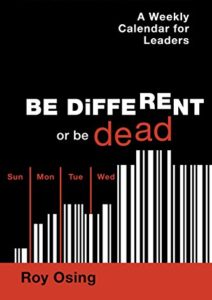
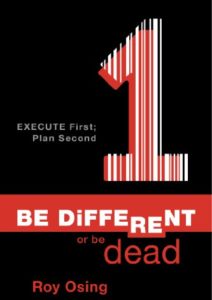
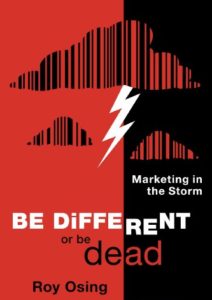
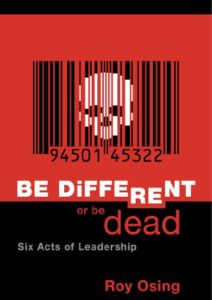
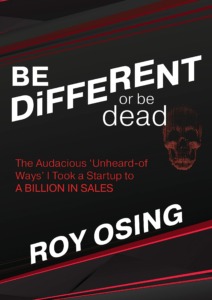
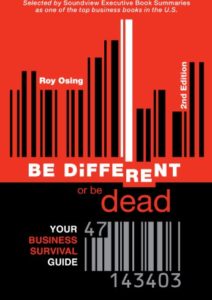
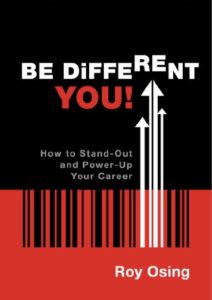











































Comments (24)
Awesome
This should be the way to deal with the Team , to keep them motivated and love where they work!
Look like good leader…
Well-done leading.
Real very good sales lead!!!
well thought out thought. good point raised. every company should have this as part of their handbook.
awesome
I totally agree. Very educating.
That’s a great!
Awsome!
Nice article for all Sales Team Leaders and HR at large.
Great lesson. I will put this to work right away!
Great piece! Quite informative.
Great article. The points raised, if implemented will enhance employee’s engagement and will as well motivate and retain employees.
The ”STOPS” are ideally the best methods to make the staffs having a sense of belonging and will want to stay put to contributes to the firms growth.
Those are well explained and surely understood to encourages workers to not want to ‘run’.
Wonderful piece by Roy
I love the fact that this is straight forward and openly informative. Kudos!
This is very useful for sales persons.
Very educative write up. Making salesperson have a sense of belonging is truly the best
Nice read
an excellent eye opener for sales leaders. am particularly fascinated by the “stops” in Roy’s write up. Great work!
Awesome!
Organizations will have a high rate of employee retention if they follow these laid down rules.
Wish every sales manager or executive would read this and walk in it…
Sales leaders should simply learn the best way to treat their team members – respect, human right and human development are very important
Intent and thoughts well-articulated unequivocally. I will describe this piece as bringing leadership to the entire people and workforce of well determined and focused business organization that is ready for scaling success, growth and expansion.
I wish I had seen this earlier. Would have assisted me someplace